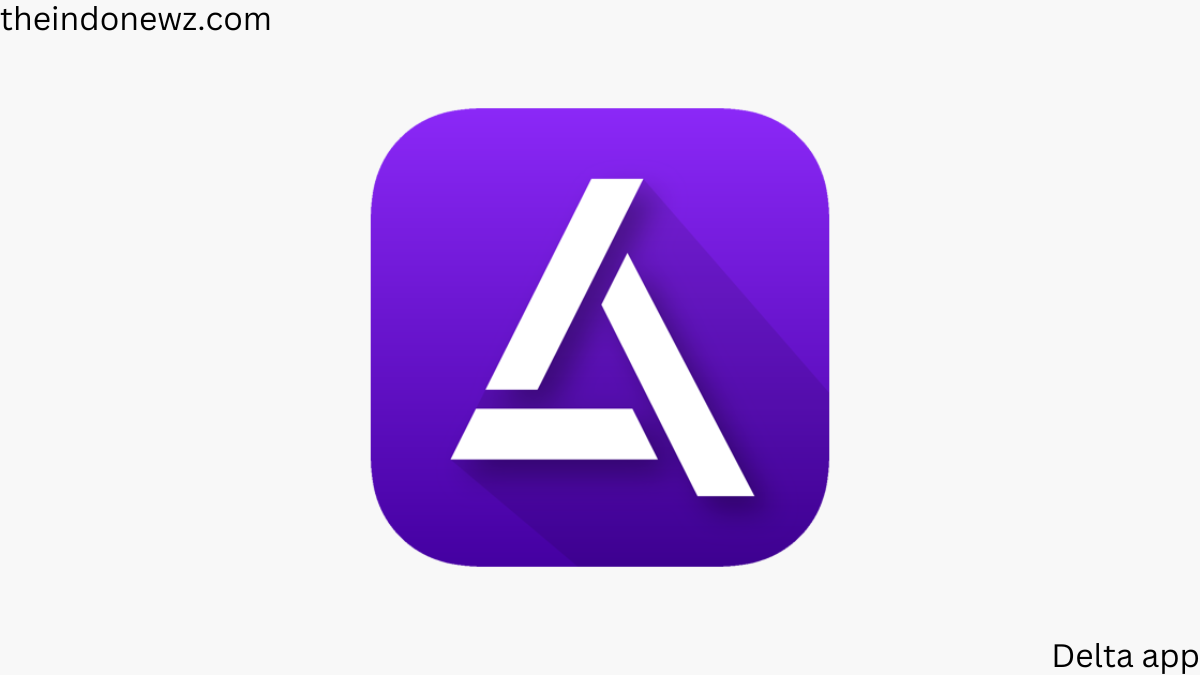Introduction
In the ever-evolving world of technology, navigation systems have been at the forefront of transforming how we travel. Among the most recent innovations is “instanavigation,” a cutting-edge concept that promises to change our journey experience drastically. This article delves into what is, its benefits, how it compares to traditional navigation methods, and its potential future impact.
What is Instanavigation?
The Concept Behind Instanavigation

Instanavigation refers to a state-of-the-art navigation system designed to provide instantaneous, real-time guidance and information to users. Unlike conventional GPS systems that often rely on pre-set routes and static data, instanavigation leverages advanced algorithms and real-time data streams to offer highly accurate, dynamic navigation solutions.
The core of is its ability to process vast amounts of data quickly. This includes real-time traffic conditions, road hazards, and even user preferences. By integrating various data sources, systems can adapt to changing conditions on the fly, ensuring that users always have the most up-to-date information at their fingertips.
Technological Innovations Driving Instanavigation
Several technological advancements underpin Key among them is the use of AI and machine learning algorithms. These technologies enable the system to analyze traffic patterns, predict delays, and suggest optimal routes in real-time. Additionally, the integration of IoT (Internet of Things) devices enhances data collection and accuracy. For instance, sensors in vehicles and on-road infrastructure can provide live updates that are instantly processed by the navigation system.
Another significant innovation is the use of augmented reality (AR) in instanavigation systems. AR overlays navigation instructions onto the real-world view through a vehicle’s windshield or a smartphone screen, providing intuitive guidance and reducing the cognitive load on drivers.
The User Experience: How Instanavigation Works
From a user perspective, simplifies the travel experience by offering a more interactive and responsive interface. Users input their destination, and the system immediately calculates the best route considering current traffic conditions, roadworks, and other factors. As the journey progresses, the system continuously updates the route, offering real-time rerouting if necessary.
This dynamic approach not only helps in avoiding traffic congestion but also enhances safety by alerting drivers to potential hazards and providing alternative routes when conditions worsen. The seamless integration of voice commands and touch controls further enhances user convenience and ensures that drivers remain focused on the road.
Benefits of Instanavigation
Enhanced Accuracy and Efficiency
One of the primary benefits of is its enhanced accuracy. Traditional GPS systems can sometimes provide outdated or incorrect information, especially in rapidly changing traffic conditions. Instanavigation, on the other hand, processes live data from multiple sources, ensuring that the navigation instructions are always current and precise.
Efficiency is another key advantage. By continuously updating the route based on real-time conditions, instanavigation helps users avoid traffic jams and road closures. This not only saves time but also reduces fuel consumption, contributing to lower emissions and a smaller carbon footprint.
Improved Safety Features
Safety is a critical consideration in any navigation system, and instanavigation excels in this area. The system’s real-time updates and predictive analytics help in anticipating potential hazards such as accidents, roadworks, or severe weather conditions. By providing timely alerts and alternative routes, helps drivers make informed decisions and avoid risky situations.
Furthermore, the integration of AR technology enhances safety by providing clear and intuitive navigation cues. This reduces the need for drivers to glance at screens or maps, allowing them to keep their attention on the road.
Personalization and User Convenience
Instanavigation systems offer a high degree of personalization, tailoring the navigation experience to individual preferences and driving habits. Users can set preferences for route types, avoid certain areas, or prioritize scenic routes. This level of customization ensures a more enjoyable and stress-free travel experience.
Additionally, the convenience of cannot be overstated. With features like voice commands, hands-free operation, and real-time updates, users can navigate their journeys with minimal effort and maximum efficiency.
Comparing Instanavigation to Traditional Navigation Systems
Advantages Of GPS Navigation
Traditional GPS navigation systems, while revolutionary in their own right, often have limitations that addresses effectively. One major drawback of traditional systems is their reliance on static maps and pre-set routes. This means they can become outdated quickly and fail to account for real-time traffic changes.
Instanavigation overcomes these limitations by utilizing live data feeds and advanced algorithms. This results in more accurate and timely navigation instructions. Additionally, systems can adapt to unexpected changes in traffic conditions, providing alternative routes and helping users avoid delays.
Integration with Other Technologies
Instanavigation systems are designed to work seamlessly with other technologies, enhancing their functionality and user experience. For example, the integration with vehicle-to-everything (V2X) communication systems allows for real-time data exchange between vehicles and infrastructure. This collaboration further improves route accuracy and safety.
In contrast, traditional GPS systems often operate in isolation, relying solely on satellite signals and pre-loaded maps. This lack of integration can limit their effectiveness in dynamic driving environments.
User Interface and Experience
The user interface of instanavigation systems is another area where they shine compared to traditional systems. With modern touchscreens, voice controls, and AR displays, offers a more intuitive and engaging user experience. Traditional GPS devices, on the other hand, often have more basic interfaces that can be less user-friendly.
Instanavigation’s advanced interface design not only makes it easier for users to interact with the system but also ensures that navigation instructions are presented clearly and concisely. This reduces the likelihood of confusion and helps drivers stay focused on their journey.
Challenges and Limitations of Instanavigation
Data Privacy and Security Concerns
With the increased reliance on real-time data and advanced technologies, data privacy and security have become major concerns. systems collect a vast amount of data, including location information and driving patterns. Ensuring that this data is protected from unauthorized access and breaches is crucial.
Manufacturers and service providers must implement robust security measures to safeguard user information. This includes encryption, secure data storage, and compliance with privacy regulations. Users should also be aware of the privacy policies of their navigation system providers and take necessary precautions to protect their data.
Dependence on Technology
While instanavigation offers numerous benefits, it also comes with a high dependence on technology. Users must have access to reliable internet connections and up-to-date software to fully utilize the system’s capabilities. In areas with poor network coverage or outdated infrastructure, the effectiveness of may be limited.
Additionally, the reliance on technology can lead to potential issues if the system encounters glitches or failures. Users should be prepared with backup navigation options and remain vigilant while driving, even when relying on advanced navigation systems.
Cost and Accessibility
The cost of installing navigation systems and their associated services can be a barrier for some users. Advanced features, real-time data subscriptions, and AR technology often come with a premium price tag. This can make instanavigation less accessible to individuals on a tight budget.
However, as technology advances and becomes more widespread, the costs are likely to decrease, making more affordable for a broader range of users. In the meantime, potential users should weigh the benefits against the costs and consider whether the investment aligns with their needs and preferences.
The Future of instanavigation
Emerging Trends and Innovations
The future of instanavigation is poised to be shaped by several emerging trends and innovations. One of the most exciting developments is the integration of autonomous driving technology. As self-driving vehicles become more prevalent, systems will play a crucial role in providing real-time updates and guidance to ensure safe and efficient autonomous travel.
Another trend is the increasing use of 5G technology. The faster and more reliable connectivity offered by 5G will enhance the capabilities of instanavigation systems, enabling even more precise and instantaneous updates. This will further improve the overall user experience and expand the potential applications of instanavigation.
Potential Impact on Travel and Transportation
Instanavigation has the potential to significantly impact travel and transportation. By providing real-time guidance and optimizing routes, instanavigation can help reduce traffic congestion, lower travel times, and improve overall efficiency. This, in turn, can lead to more sustainable transportation practices and a reduction in environmental impact.
Additionally, the enhanced safety features of instanavigation systems can contribute to a decrease in traffic accidents and related injuries. As more drivers adopt instanavigation, the overall safety of roadways is likely to improve, benefiting everyone on the road.
Looking Ahead: The Road to Widespread Adoption
For instanavigation to become a standard feature in vehicles and travel planning, several factors need to be addressed. These include improving data security, reducing costs, and ensuring compatibility with various devices and platforms. As technology continues to advance and become more accessible, instanavigation is expected to gain widespread adoption and become an integral part of our travel experiences.
Conclusion
Instanavigation represents a significant leap forward in navigation technology, offering real-time updates, enhanced accuracy, and improved safety features. While there are challenges to overcome, such as data privacy concerns and cost considerations, the benefits of instanavigation are undeniable. As technology continues to evolve, is set to transform the way we travel, making our journeys more efficient, safer, and enjoyable.
Whether you’re a frequent traveler or an occasional driver, instanavigation has the potential to revolutionize your navigation experience.


